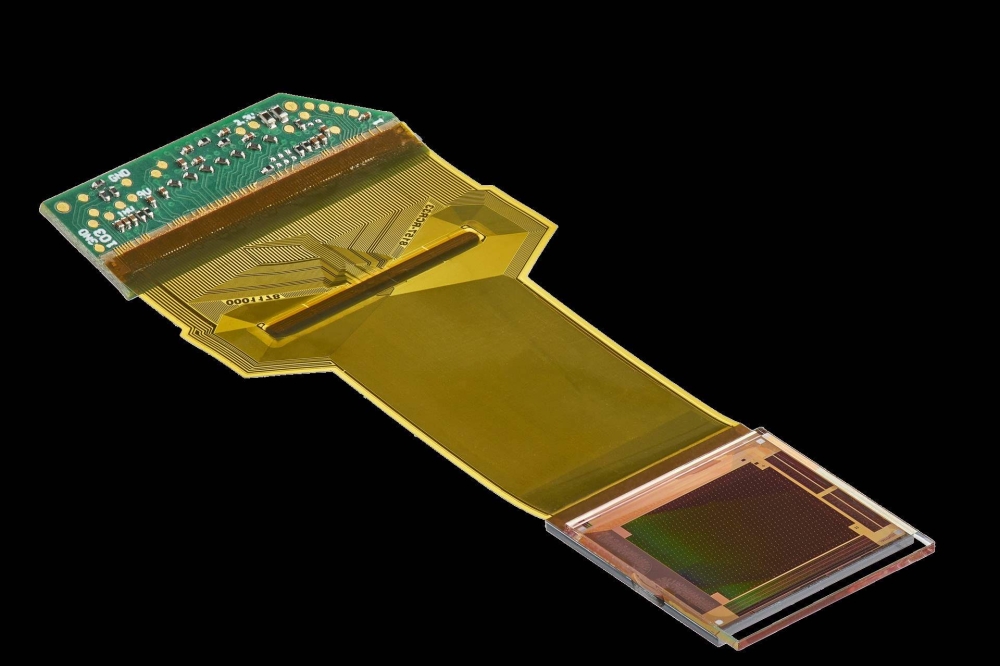SkyWater and Lumotive collaborate on optical beamforming chip

The companies have announced the development of a photonics process, qualified in SkyWater’s production environment, to create the world’s first commercially available chip-scale beam steering solution for solid-state LiDAR
SkyWater Technology, a semiconductor foundry, and Lumotive, a company focused on optical semiconductor technology for 3D sensing, have announced that they have collaborated on the production implementation of Lumotive’s solid-state optical beamforming technology in SkyWater’s manufacturing environment. The companies say that the product represents the first-ever programmable optical metasurface to be commercialised into a mass-producible chip. They add that it is fully qualified and released for volume production utilising SkyWater’s Technology as a Service (TaaS) model.
Optical beamforming is a critical technology used in a range of applications, from laser communications and LiDAR (Light Detection and Ranging) to imaging and remote sensing. According to Lumotive, its Light Control Metasurface (LCM) technology manipulates light at the subwavelength level using nanostructures fabricated onto the surface of a silicon chip, meaning that beams of light can be shaped, split and steered electronically with digital precision and repeatability.
The company says this marks a dramatic transformation over traditional mechanical methods, and enables significant system-level advantages in compactness, durability, speed, precision, power consumption, reliability, design flexibility, and scalability for the next generation of industrial sensors, robotics, autonomous vehicles, and other applications that rely on accurate 3D sensing.
In less than two years, Lumotive and SkyWater collaborated on the development and release of a custom photonics process to create LM10, Lumotive’s first LCM product offering. This new process has been qualified in SkyWater’s production environment and establishes, the companies say, the first commercially available chip-scale beam steering solution for solid-state LiDAR. LM10 is already shipping worldwide as the beam steering solution inside lead customers’ qualified 3D sensors.
According to Lumotive and SkyWater, the arrival of programmable LCM-powered beam steering with dynamic scanning and software-definable capabilities enables solid-state LiDAR to become the new standard for precise and adaptable interaction with the physical world in real time.
“The capability to shape and steer light with a single chip is already revolutionising applications such as 3D sensing, with many more on the horizon,” said Lumotive founder and CTO Gleb Akselrod. “Achieving our full LM10 LCM chip qualification in SkyWater’s production process marks a watershed moment in the field of optical metamaterials. The ability to produce compact, adaptive programmable optics using well-established and scalable silicon fabrication techniques will forever change a wide range of industries, from 3D sensing to optical communications to AR/VR displays. We are proud to have made this a reality together with SkyWater.”
Ross Miller, SkyWater’s SVP of Commercial and Aerospace & Defense Business, added: “We are pleased to have reached this milestone with Lumotive in support of their design and production goals. This is another example of how we are helping enable our customers’ differentiated and disruptive technologies with unique process development and integration capabilities. Lumotive is bringing a new and exciting innovation to the field of solid-state LiDAR, enabling significantly smaller devices with lower power consumption and reduced system cost.”



































